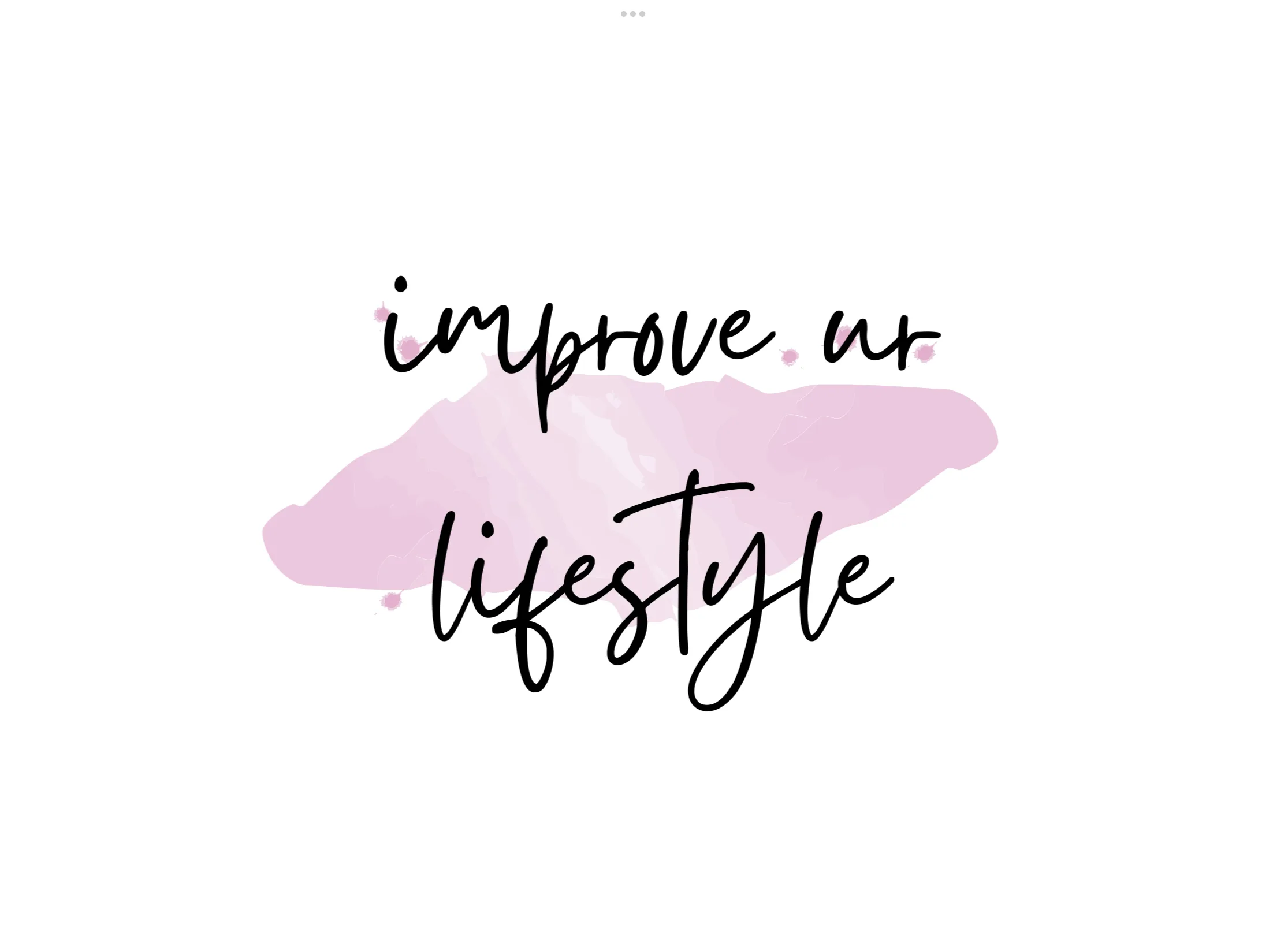Introduction: The Silent Struggle of Social Anxiety
Social anxiety is more than feeling nervous before a public speech or meeting new people. It’s a deeply ingrained fear of being judged, rejected, or humiliated in social settings. For many, this fear is paralyzing—leading to missed opportunities, strained relationships, and emotional isolation.
But here’s the good news: You can break free.
And the most effective way to start is by retraining your brain with cognitive tools—psychological techniques that empower you to challenge and change unhelpful thinking patterns.
What Is Social Anxiety?
Social Anxiety Disorder (SAD) is one of the most common mental health challenges, affecting around 7–10% of people globally. It often begins in adolescence and, if left unaddressed, can persist into adulthood.
Common symptoms include:
- Racing heartbeat or sweating during interactions
- Overanalyzing conversations before and after they happen
- Avoiding eye contact or social gatherings
- Extreme fear of being negatively evaluated
While the causes can vary—genetics, early experiences, brain chemistry—the common denominator is distorted thinking, and that’s exactly where cognitive tools help.
Cognitive Tools: What Are They and Why Do They Work?
Cognitive tools are mental strategies derived mainly from Cognitive Behavioral Therapy (CBT)—one of the most effective and research-backed treatments for anxiety. These tools teach you to:
- Identify irrational beliefs
- Replace them with balanced thinking
- Reframe how you interpret social situations
These techniques don’t just suppress anxiety temporarily—they rewire your brain over time, building lasting confidence.
1. Cognitive Restructuring: Changing Thought Patterns
What It Is:
A core CBT technique that helps you challenge irrational or exaggerated thoughts.
Example Thought:
“I’m going to sound stupid, and everyone will think I’m awkward.”
How to Restructure It:
- Identify the distortion: This is “mind reading” and “catastrophizing.”
- Challenge the thought: Where is the proof? Have people laughed at you before?
- Replace it: “Everyone makes mistakes. People are more focused on themselves than me.”
Why It Works:
Over time, this rewires your brain to respond with logic instead of panic.
2. Exposure Therapy: Rewire Through Repetition
What It Is:
Gradually exposing yourself to feared social situations to build tolerance.
How It Works:
Create a hierarchy of feared activities—from easiest to hardest.
Example Ladder:
- Make eye contact with a cashier
- Ask a stranger for directions
- Join a small group conversation
- Give a 2-minute talk at a meet-up
Start small and only move up the ladder once the current step no longer triggers major anxiety.
Pro Tip:
Track each step and journal your experience to see progress.
3. Behavioral Experiments: Test and Disprove Fear
What It Is:
Design small “experiments” to test your anxious beliefs and assumptions.
Example:
- Belief: “If I speak up, people will laugh.”
- Experiment: Say a short opinion in a casual group setting.
- Result: People nodded or didn’t react negatively—your fear didn’t come true.
Impact:
The brain learns from real-life evidence that social threats are often overestimated.
4. Mindfulness and Present Moment Awareness
What It Is:
A practice that brings attention to the present, helping you detach from anxious thoughts.
Techniques Include:
- Deep breathing (e.g., 4-7-8 breathing)
- Body scans
- Focusing on sensory details (what you see, hear, feel)
Why It Works:
Mindfulness reduces reactivity. When you’re mindful, you observe your thoughts instead of being consumed by them.
Daily Practice:
Just 5–10 minutes of guided meditation daily can rewire your brain’s response to stress.
5. Journaling: Make Thoughts Visible
What It Is:
Writing down your thoughts and feelings to spot patterns and reframe them.
Journal Prompts:
- What triggered your anxiety today?
- What did you think might happen?
- What actually happened?
- How can you see the situation differently?
Benefits:
Journaling improves clarity, self-awareness, and emotional regulation.
6. Visualization: Mental Rehearsal for Confidence
What It Is:
Imagining a successful outcome in a feared scenario to prepare your mind.
Example:
Before a meeting, visualize yourself:
- Speaking clearly
- Responding confidently
- Feeling calm and in control
Why It Works:
The brain often doesn’t distinguish between imagined and real experiences. Visualization primes you for success.
7. Positive Affirmations and Anchoring Techniques
Affirmations:
Repeat statements like:
- “I am calm and confident.”
- “I belong in this space.”
Anchoring:
Attach an empowering physical gesture (like pressing your fingers together) to a confident mental state. Use it before social events as a trigger.
Why This Helps:
It creates a mental shortcut to calmness and focus.
8. Self-Compassion: Be Your Own Supporter
People with social anxiety often have harsh inner critics. Self-compassion means treating yourself the way you’d treat a good friend.
Practice Saying:
- “It’s okay to be nervous. I’m learning.”
- “Every step I take is progress.”
Benefits:
Self-kindness reduces stress and prevents burnout from trying too hard to “perform” socially.
9. Getting Professional Support
There’s no shame in needing help. Therapists trained in CBT can offer:
- Structured guidance
- Accountability
- Personalized strategies
Support groups and online forums also offer connection and encouragement.
Online Resources to Consider:
- BetterHelp
- Talkspace
- Anxiety and Depression Association of America (ADAA)
Conclusion: You Can Break Free
Social anxiety doesn’t mean you’re broken—it means your brain has developed protective responses that no longer serve you. With cognitive tools, you can challenge those patterns, step out of your comfort zone, and build a more confident, socially connected life.
It starts with one thought. One step. One moment of courage.
Start small, stay consistent, and celebrate every victory—no matter how minor it seems.

